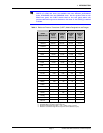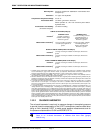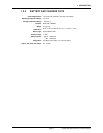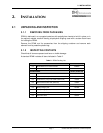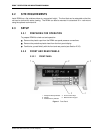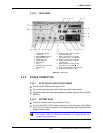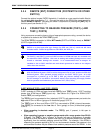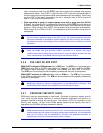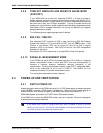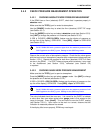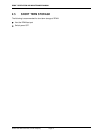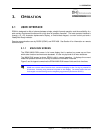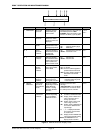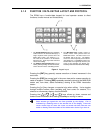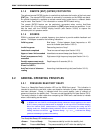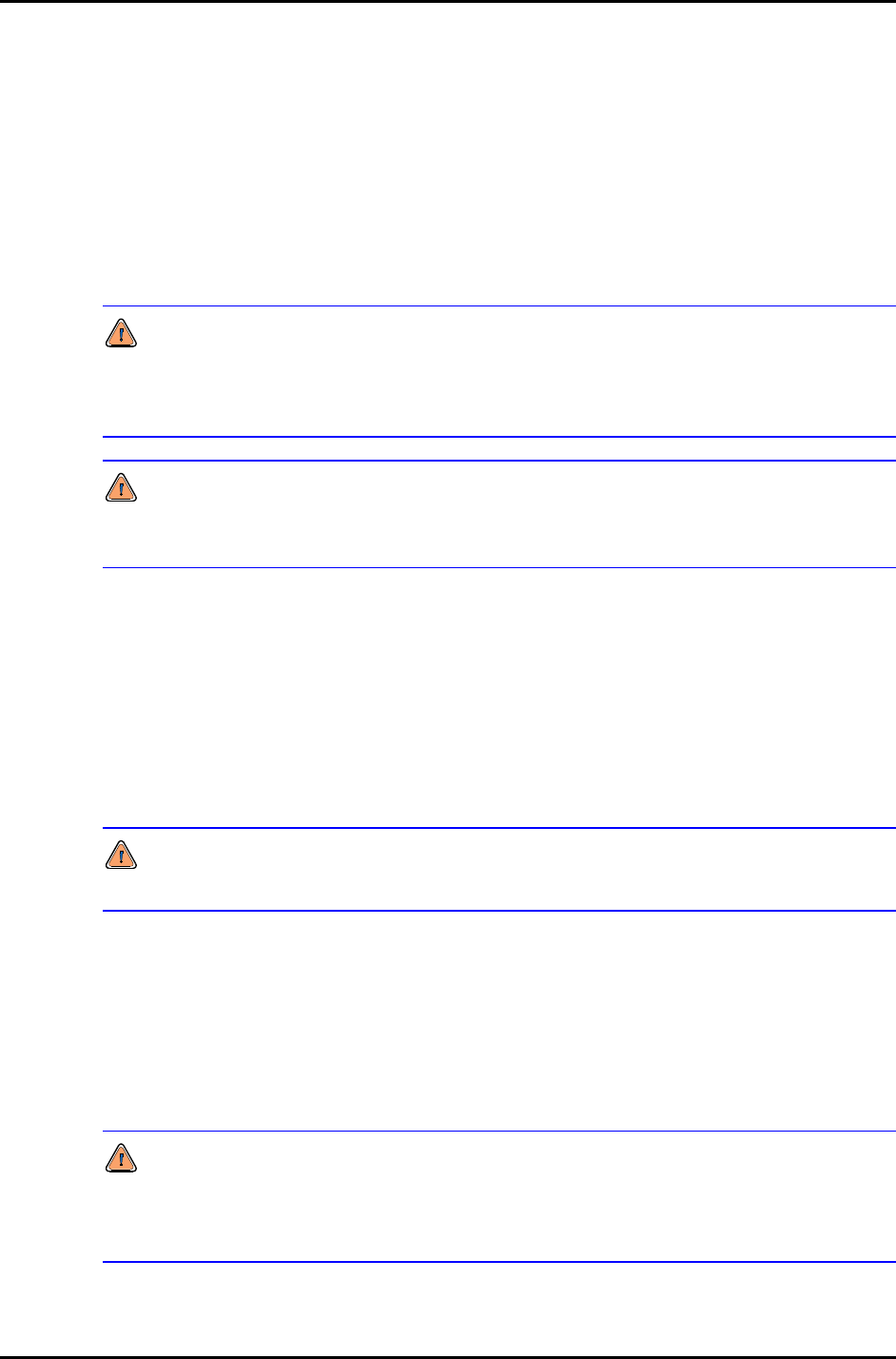
2. INSTALLATION
Page 11 © 2004-2007 DH Instruments, a Fluke Company
case, connecting a tube from the TEST(-) port to the inside of the chamber may improve
measurement results. If the Q-RPT in use is an Axxx Q-RPT, this tube must be left open to
the environment so that the pressure inside cannot deviate too far from ambient. When using
an Axxx Q-RPT, if this tube is connected to the low or reference side of DUTs, be sure to
open it to the local environment as well.
• When operating in gauge or negative gauge mode with a range less than 50 kPa
(7.5 psi): As a general rule, it is preferable to connect the RPM4 TEST(-) port(s) directly to
the low or reference side of the device under test to assure that these are at the same
pressure. When using an Axxx Q-RPT, this connection must also be open to atmosphere.
When using a Gxxx or BGxxx Q-RPT, it is preferable that this connection not be open to
atmosphere.
Do not connect a pressure supply to the TEST(-) port. The pressure applied to this port
should be maintained at atmospheric pressure (between 70 and 110 kPa (10 and 16 psia)).
Exceeding these limits may damage a Gxxx or BGxxx Q-RPT and/or the RPM4’s on-board
barometer.
Using the RPM4 with gas operated Q-RPTs connected to a system with liquid
contaminants without taking proper precautions to purge the system and test line may
cause contamination of the RPM4 that will require non-warranty service.
2.3.6 THE VENT OR ATM PORT
RPM4 Q-RPT modules of A7M and lower have a VENT port. The VENT port is connected to the
TEST(-) port when SDS is CLOSED (see Section 5.6, Figure 8). For Axxx and BGxxx Q-RPTs,
the RPM4 on-board barometer, is connected to the VENT port when SDS is CLOSED.
The VENT port should always be left completely unobstructed and open to atmosphere.
RPM4 Q-RPT modules of A10M and higher have an ATM port. The ATM port is connected
to the RPM4 on-board barometer. The ATM port should always be left completely unobstructed
and open to atmosphere.
NEVER plug, obstruct or connect a supply pressure to the RPM4 VENT or ATM port. This
may adversely affect GAUGE mode operation and AutoZeroing functions.
2.3.7 CHECK/SET SECURITY LEVEL
RPM4 has a security system based on user levels. By default, the security system is set to
“low”, which includes access restriction to internal calibration coefficients, and there is no
password required to change the security level. See Section 3.5.5.5 for information on the
security level system. As part of the RPM4 startup, determine the security level that is
appropriate for the RPM4 and set a password if desired.
RPM4 is delivered with the security level set to “low” to avoid inadvertent altering of critical
internal settings but with access to changing security levels unrestricted. It is recommended
that the low security level be maintained at all times and password protection be
implemented if control over setting of security levels is desired.



